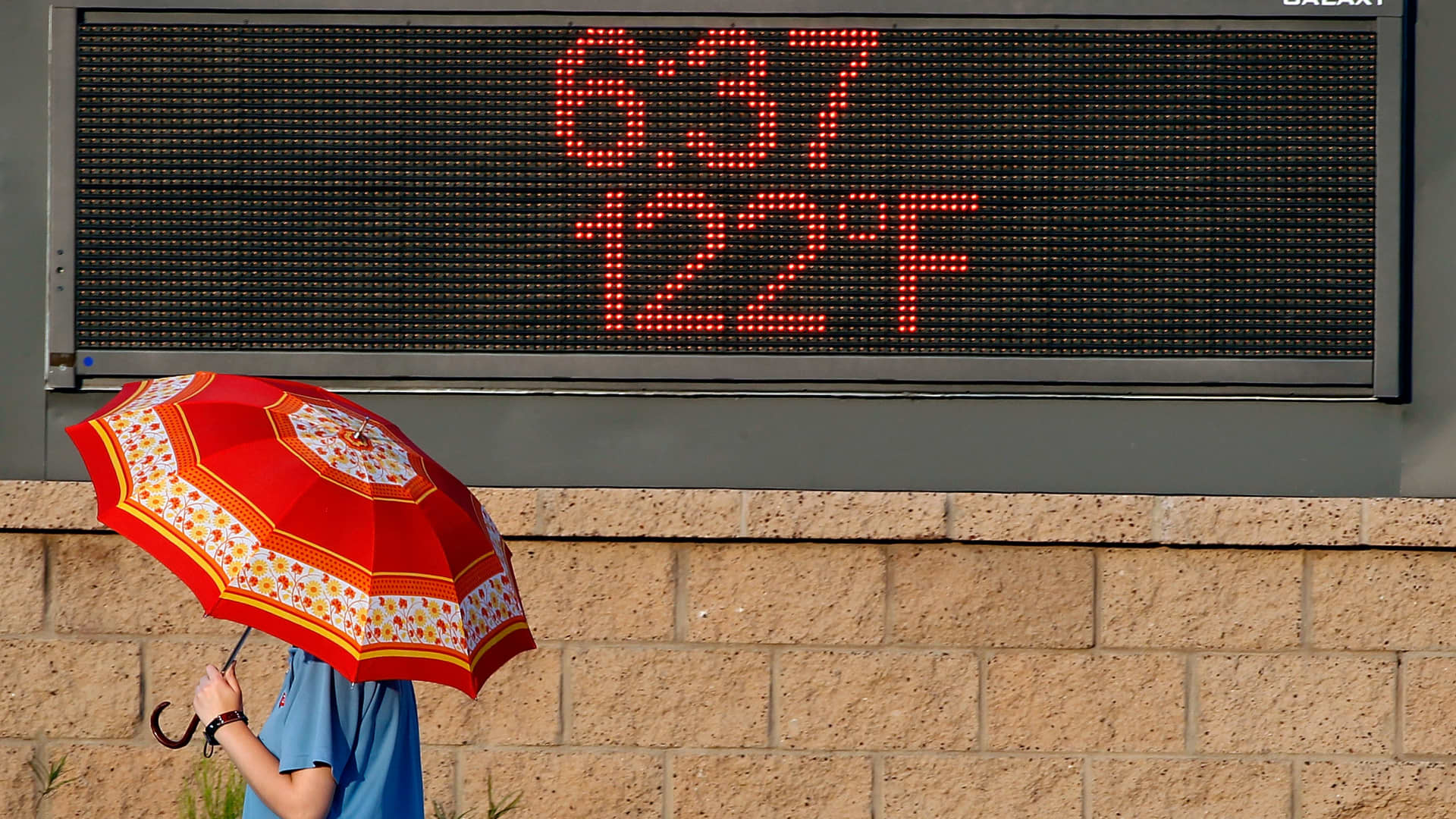Heat records are falling around the world this summer, and scientists expect that climate change will make the problem worse in coming years.
Next year, about 50 U.S. counties, which are home to more than 8 million residents, are expected to experience heat index temperatures above 125 degrees Fahrenheit according to a new model released on Monday by First Street Foundation, a nonprofit research and technology group working to assess climate risk.
That puts those counties at the highest level of the National Weather Service’s heat index, which combines temperatures with humidity readings to estimate how hot it actually feels outside.
Thirty years later, those extreme temps will be experienced in more than one thousand counties, home to about 108 million Americans. First Street uses the 30-year model because that is the length of the most popular mortgage product in the U.S. Heat, flooding and fire risks are increasingly playing into home values, as climate change begins to factor into homebuying decisions.
The area seeing the biggest increase in heat is the South. Texas and Florida will bear the brunt of climate change, with the number of extreme heat days nearly doubling in the next thirty years. This is where much of the nation has migrated in recent years, as the work-from-anywhere culture emerged and people fled for sunnier climates.
The Midwest will also see big change. First Street delineated an “Extreme Heat Belt” going from Northern Texas and Louisiana to Illinois, Indiana, and up into Wisconsin. Unlike Florida, which will see the most extreme heat days, the Midwest has much less available water to mitigate the heat. Higher humidity there also makes the heat less bearable than in drier areas like Phoenix.
“We need to be prepared for the inevitable, that a quarter of the country will soon fall inside the Extreme Heat Belt with temperatures exceeding 125°F and the results will be dire,” said Matthew Eby, CEO of First Street Foundation.
First Street uses high-resolution measurements of land surface temperatures, canopy cover, impervious surfaces (tlike streets and parking lots), land cover, and proximity to water to calculate the current heat exposure, and then adjusts for future forecasted emissions scenarios from the United Nations Intergovernmental Panel on Climate Change. This allows for the determination of the number of days any property would be expected to experience dangerous levels of heat.
The group already has flood and fire predictions for every home in America, which can be accessed both on its website and on Realtor.com. The heat factor so far is just on First Street’s website.
Eby says the heat increases will inevitably cause more climate migration, which is already underway in some increasingly flood and fire-prone areas.
“If people move then you have an impact to the tax base and changes to demand for properties and values overall,” he said.
Given that the models are based on the current goals of the Paris Climate Agreement, they could change depending on the outcomes of emissions pledges. First Street’s scenario uses a moderate model, where global emissions would peak by 2040.
“We’re actually low on our forecast because everyone else would have to be cutting like we are, which they’re not,” said Eby. “If anything we’re going to be low. The emissions scenarios will be worse.”
